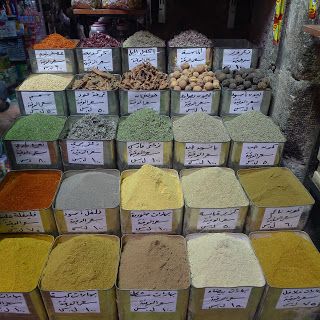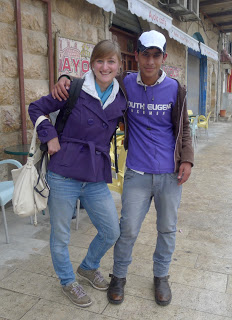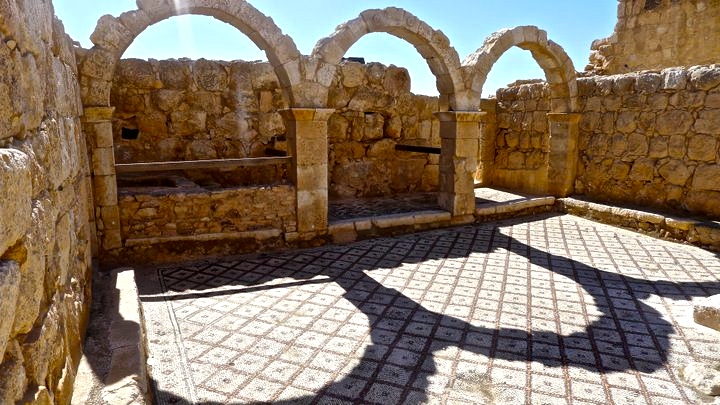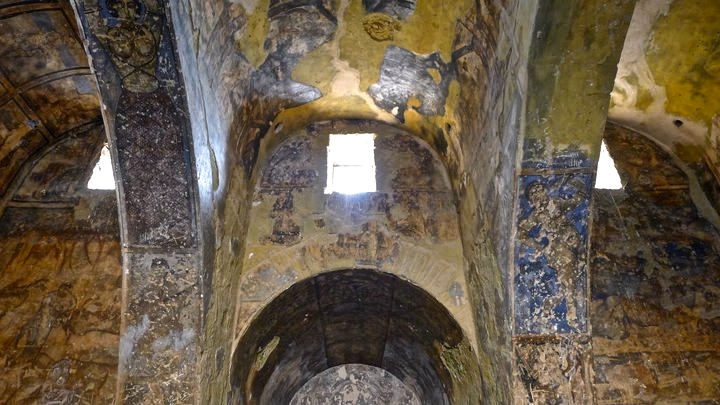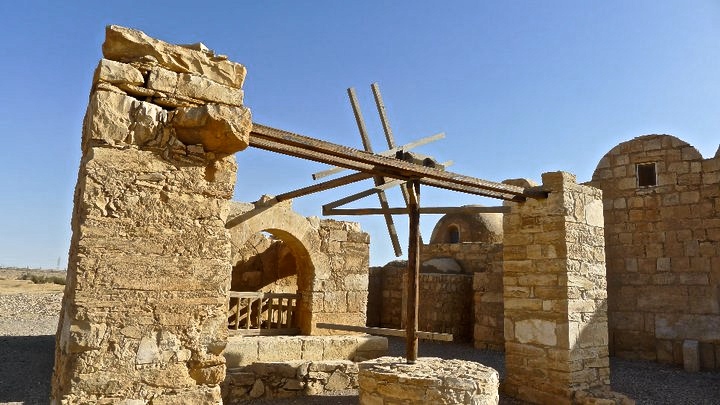
The Desert Castles of Eastern Jordan
The eastern desert of Jordan is flat, desolate and barren. In this large swath of land near the Iraqi border, towns and villages are few and far between, trees are nonexistent and distinguishing features are difficult to come by. Yet, scattered throughout the endless fields of dust and rocks are impressive ancient structures that have been collectively deemed as the Desert Castles of Jordan.
In reality, the castles are primarily a collection of caravan inns and fortified palaces that were constructed during the Umayyad Dynasty and still remain relatively intact today.
On one of my first weekends in Amman, I had the opportunity to visit the desert castles of Jordan’s Eastern Desert and delve into the history of the country’s most desolate and far-flung corner.
Eastern Jordan’s Desert Castles
The magnificent castles of eastern Jordan date back to the 7th and 8th centuries, when the Umayyad Dynasty ruled Damascus. The caliphs of the Umayyad Dynasty built a network of fortification that speckle the arid plains of eastern Jordan. And though they are commonly and unanimously referred to as ‘desert castles’, the fortifications actually served as caravanserais, hunting lodges, farmhouses and rural retreats.
Qasr Al-Hallabat
The first castle we stopped at was Qasr Al-Hallabat. It was originally built by the Romans, but rebuilt during the Umayyad period. The site contains a small ruined mosque and adjacent structure with an abundance of Greek inscriptions and seemingly fragile stone arches.
After a bit of time at Qasr Hallabat, we made our way to the Oasis town of Azraq for lunch.
Azraq Castle and Wetlands
In ancient times, Azraq was a crossroads. Its abundant water attracted camel caravans carrying spices and herbs between the Levant and Mesopotamia. Yet, in the 1960s, water from the Azraq Wetlands was extracted from the lake and sent to Amman to support the city’s booming population. The water source quickly dried up and the thriving wildlife that once came to the area for its abundance of freshwater, migrated elsewhere.
Today, Azraq is considered an ecological disaster and the wetlands cover less than ten percent of their original size.
The wetlands are a perfect illustration of Jordan’s severe water crisis. It was disheartening to think that merely twenty years ago, the nearly dried up swamp bed contained water that rose well above our heads.
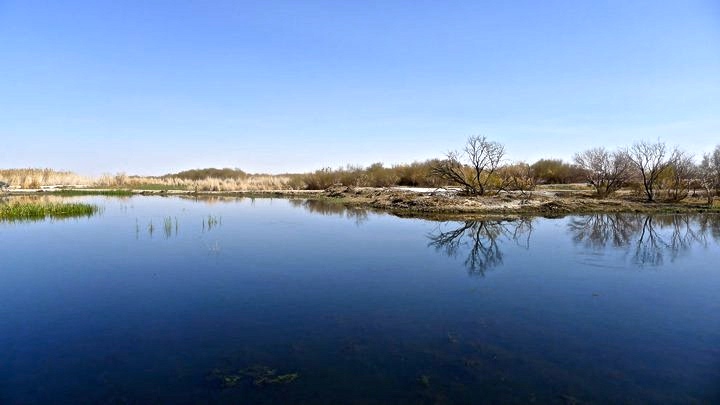
Following our brief visit to the wetlands, we stopped at the Azraq Fort, which was crucial because of its location on the route between the Arabian Peninsula and Syria. The structure’s claim to fame is that it housed Lawrence of Arabia during the Arab Revolt, though the room he had lived in was destroyed by an earthquake a few decades ago.
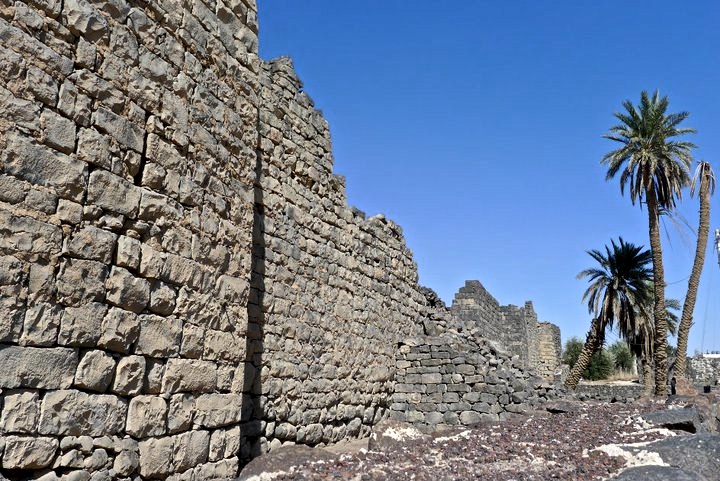
On our way back to Amman, we stopped at two other desert castles–Qasr Amra and Qasr Karaneh.
Qasr Amra
Qasr Amra is a UNESCO site and is significant for its frescoes that cover the entire inside its walls. Most of the paintings are of scantily clad women and hunting scenes. Qasr Amra is the most well known of the desert castles in Jordan and certainly a highlight of the region.Though the remaining structure is quite small, the castle was originally part of a much larger complex. we spent about half an hour admiring the remarkably well-preserved paintings that adorn the interior of the structure.
Qasr Karaneh in Jordan’s Eastern Desert
From Qasr Amra, we made our way to Qasr Karaneh–a rectangular fort surrounded by miles and miles of barren desert. Of all the castles we visited, Qasr Karaneh looks most like a traditional fortress, with its circular towers, thin windows and high vantage points. However, there is no evidence that the fortress was ever actually a castle. Rather, theories suggest that the imposing structure was actually a resting place for traders.
We climbed up on its roof and looked out over the surrounding desert. All around, the landscape was barren, brown and dusty as far as the eye could see.
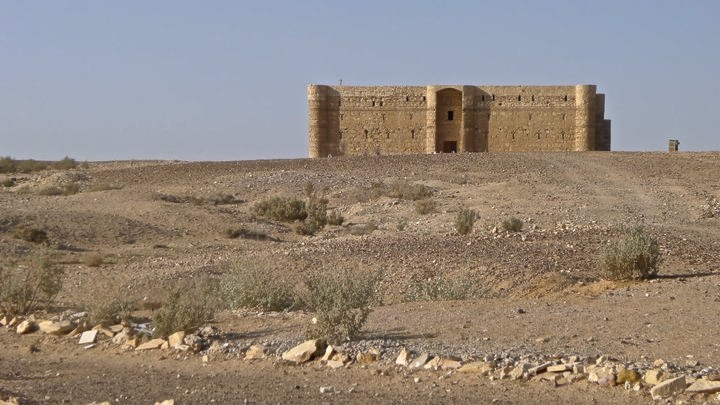
Besides the castles, it reminded me lot of Eastern Oregon.
